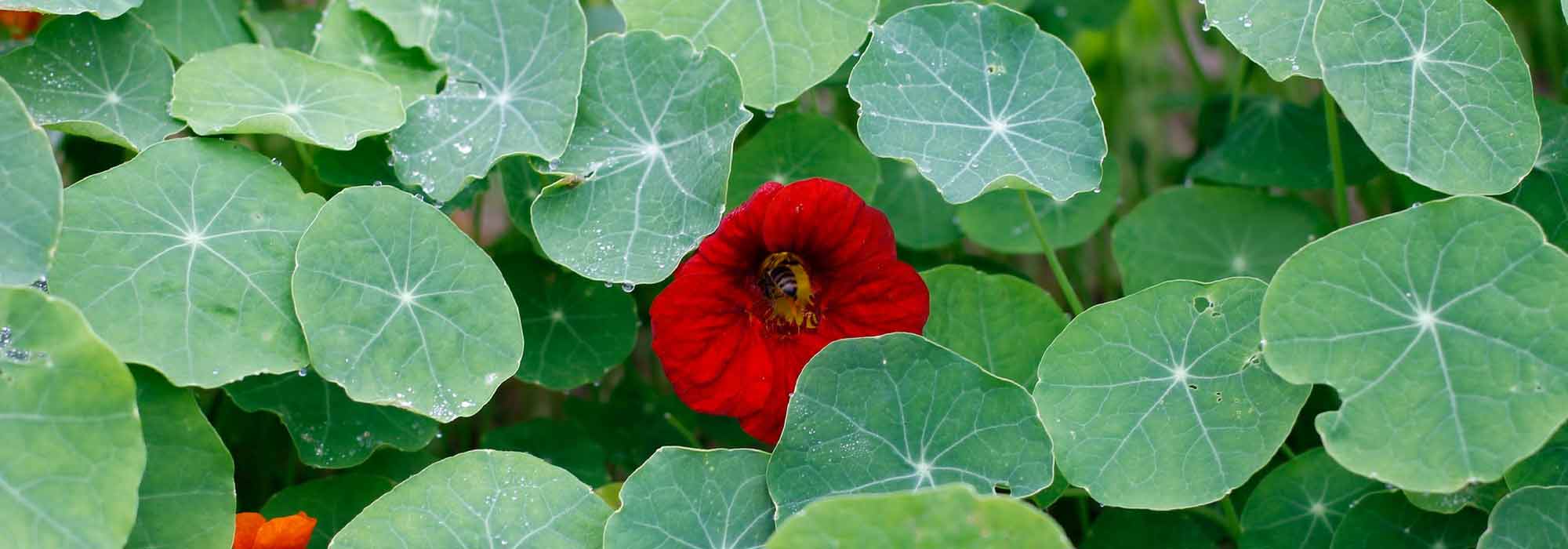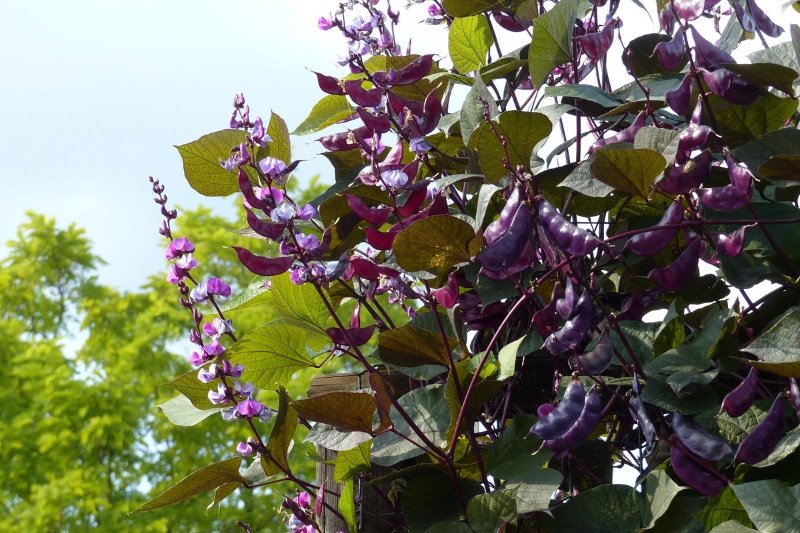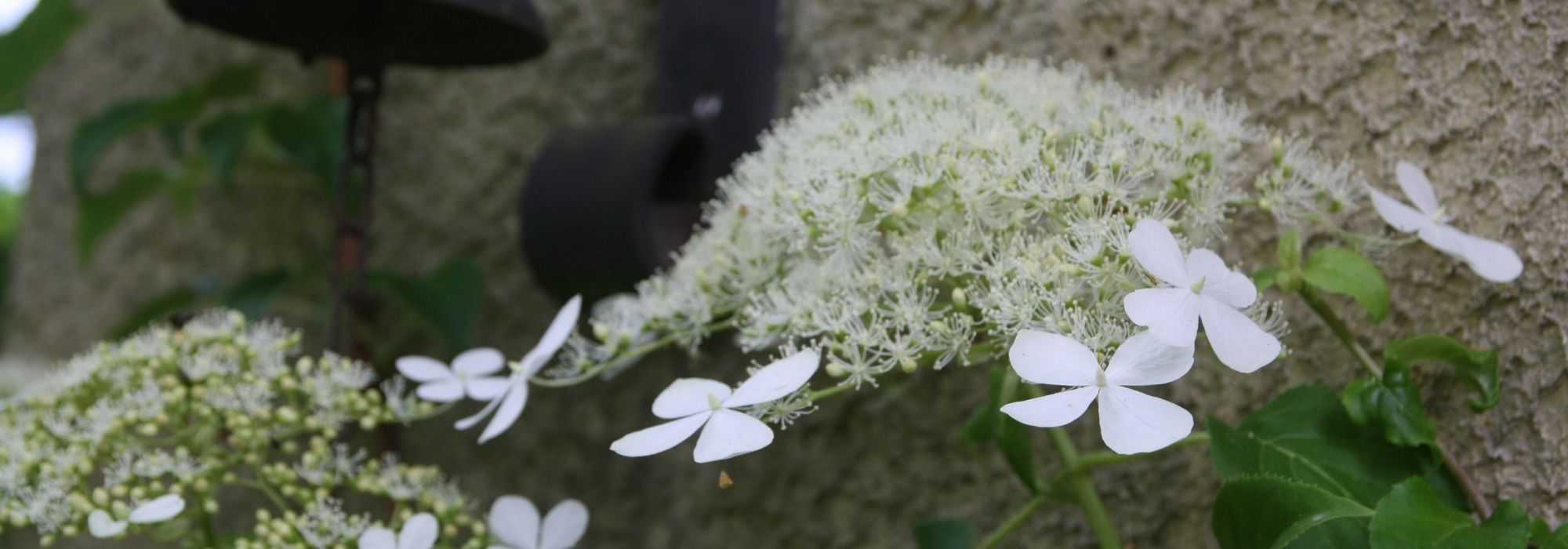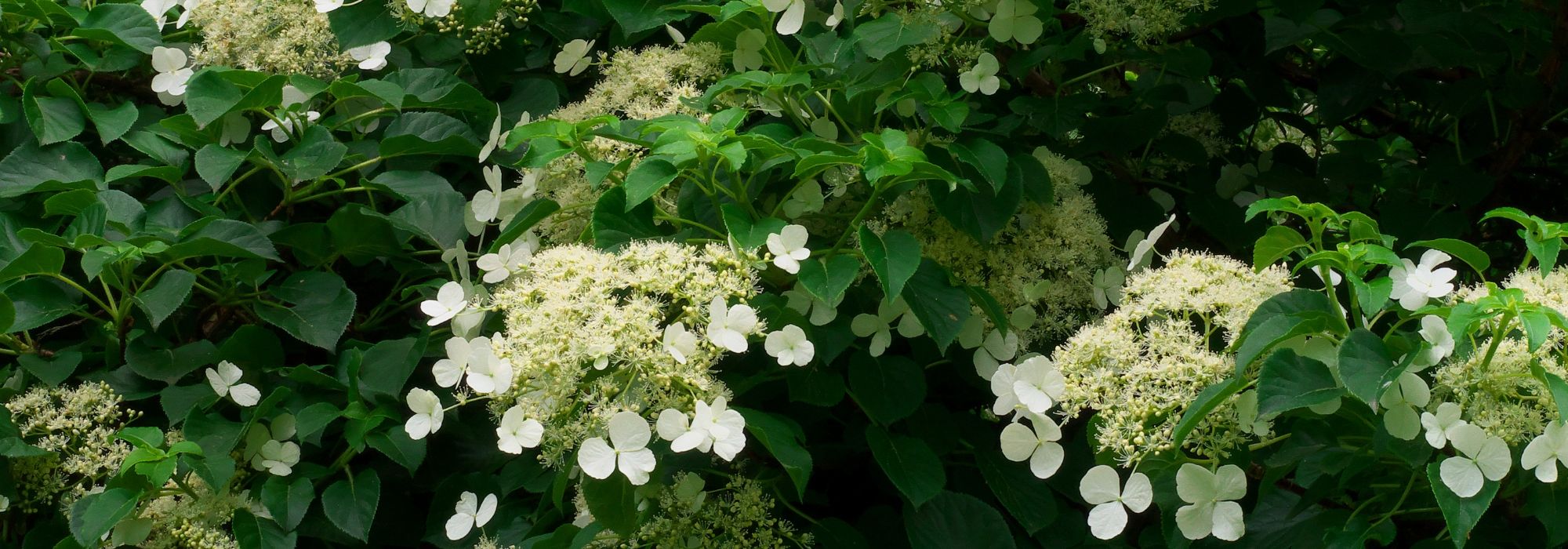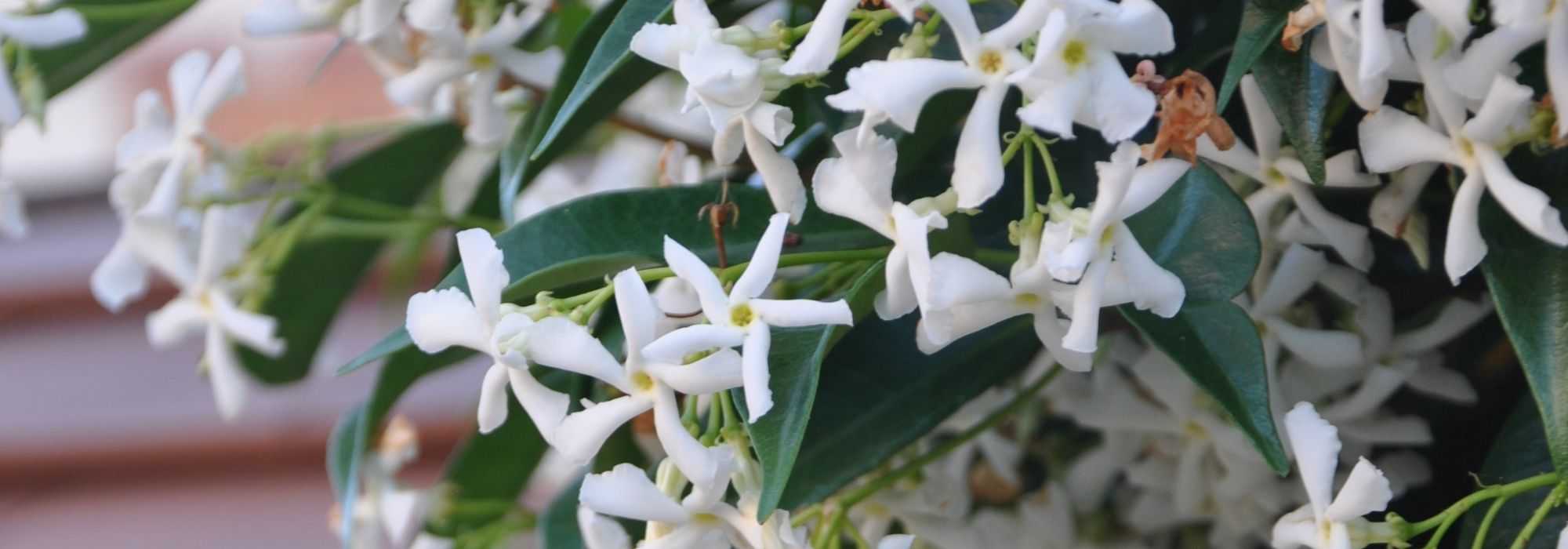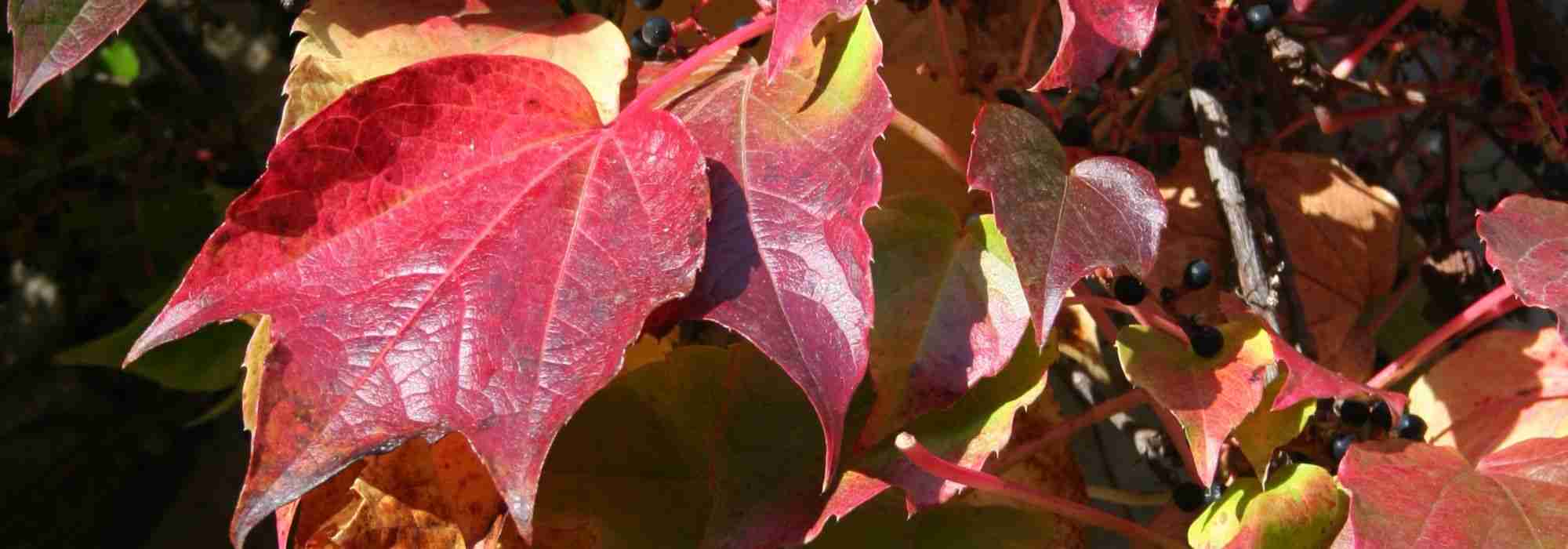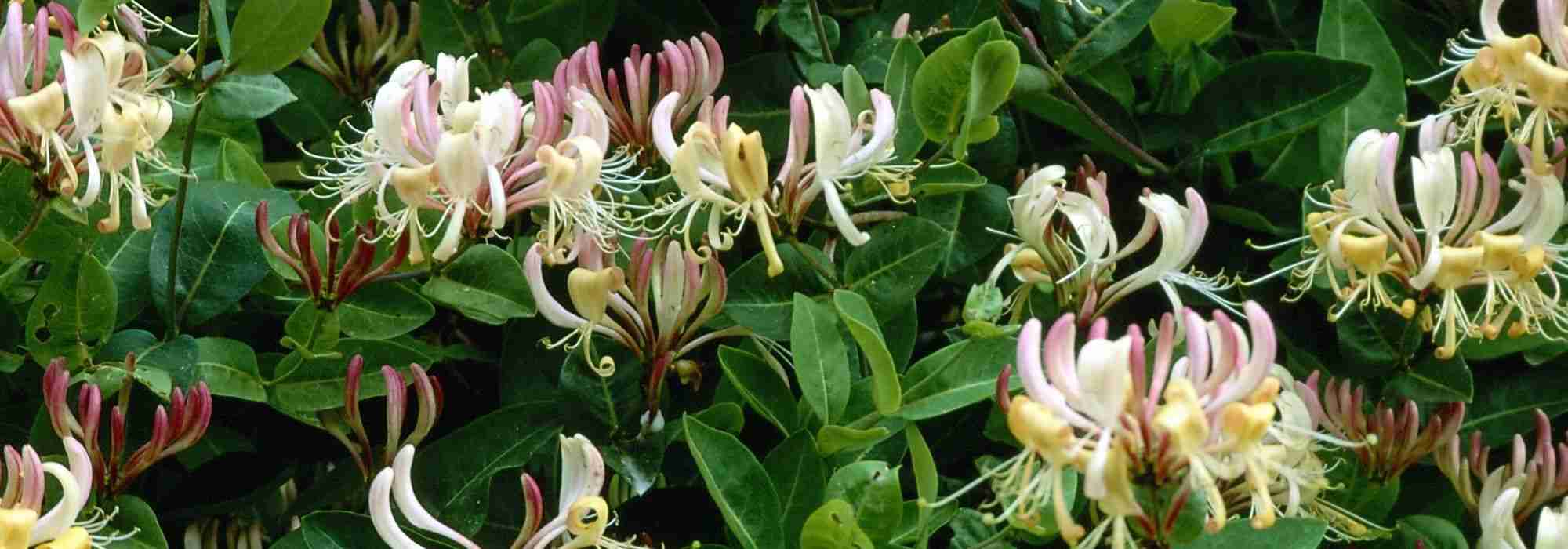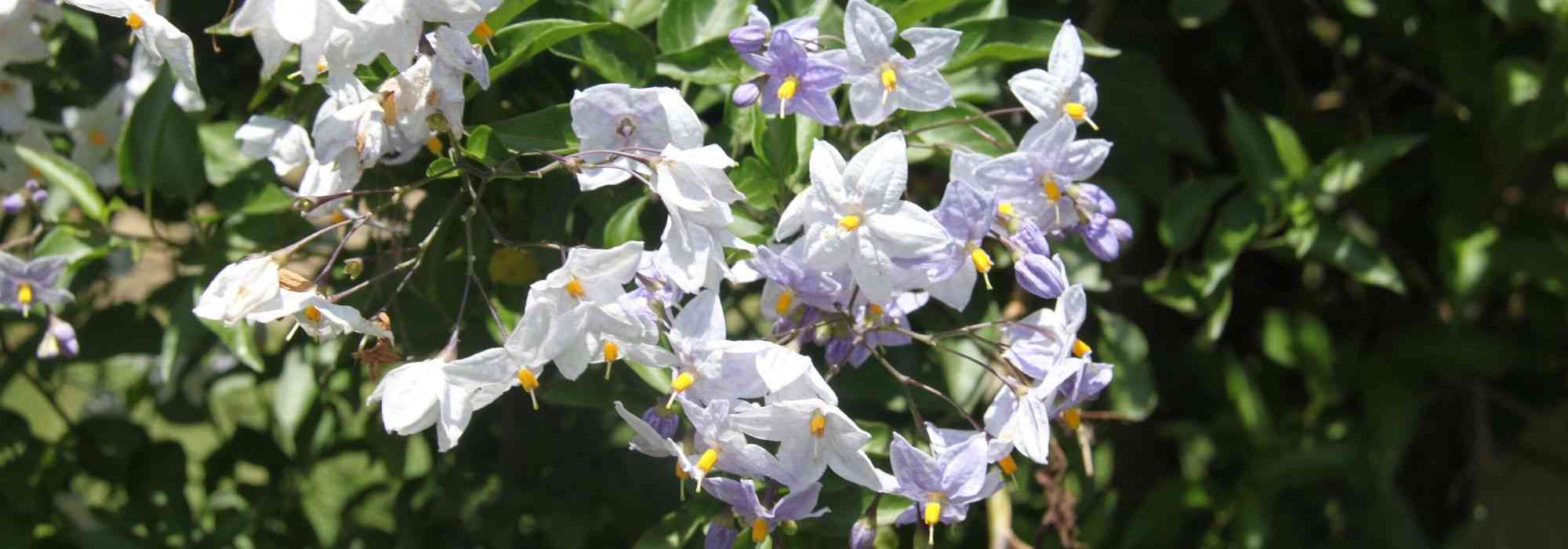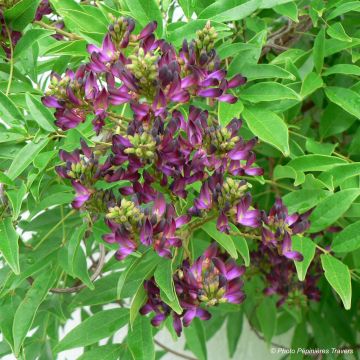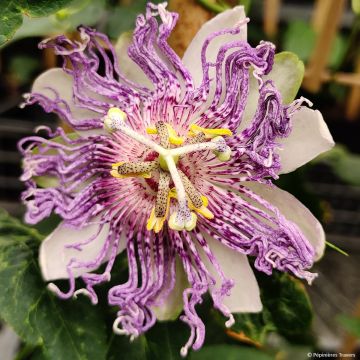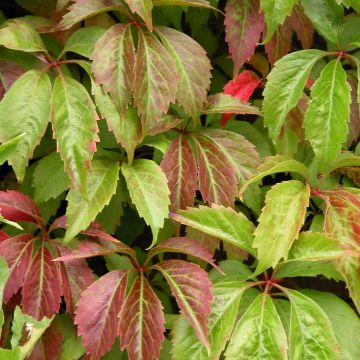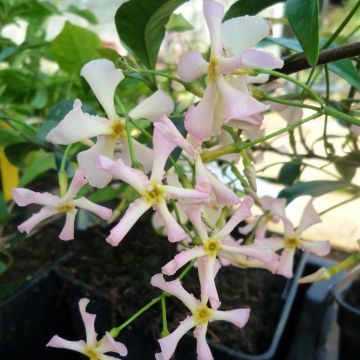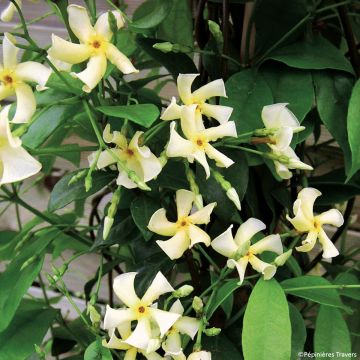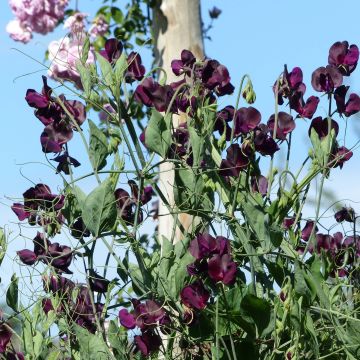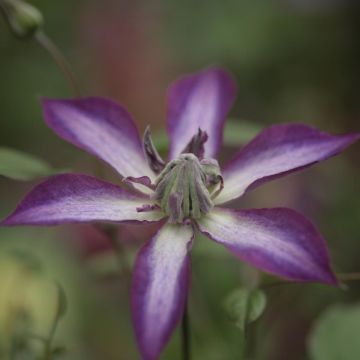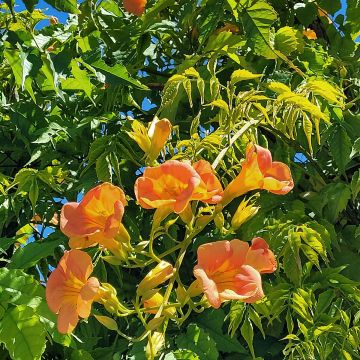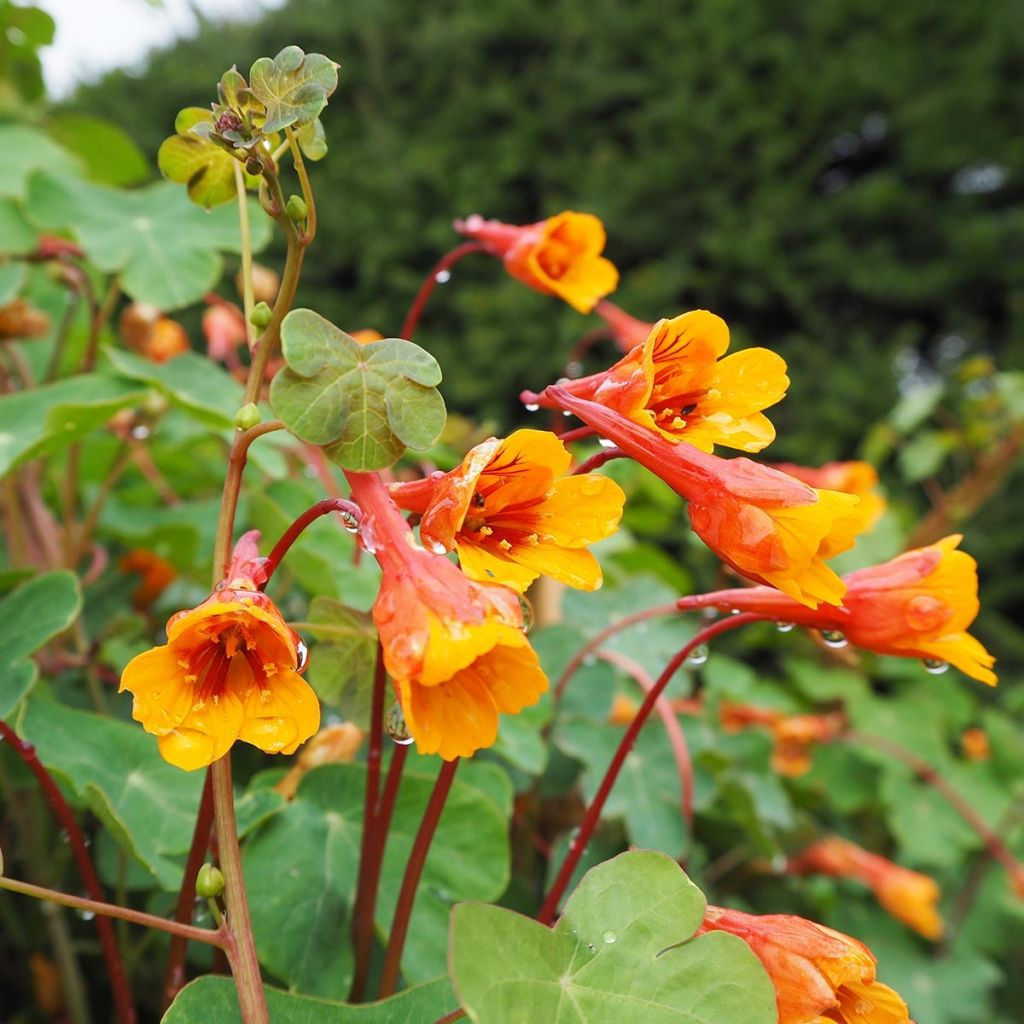

Tropaeolum tuberosum
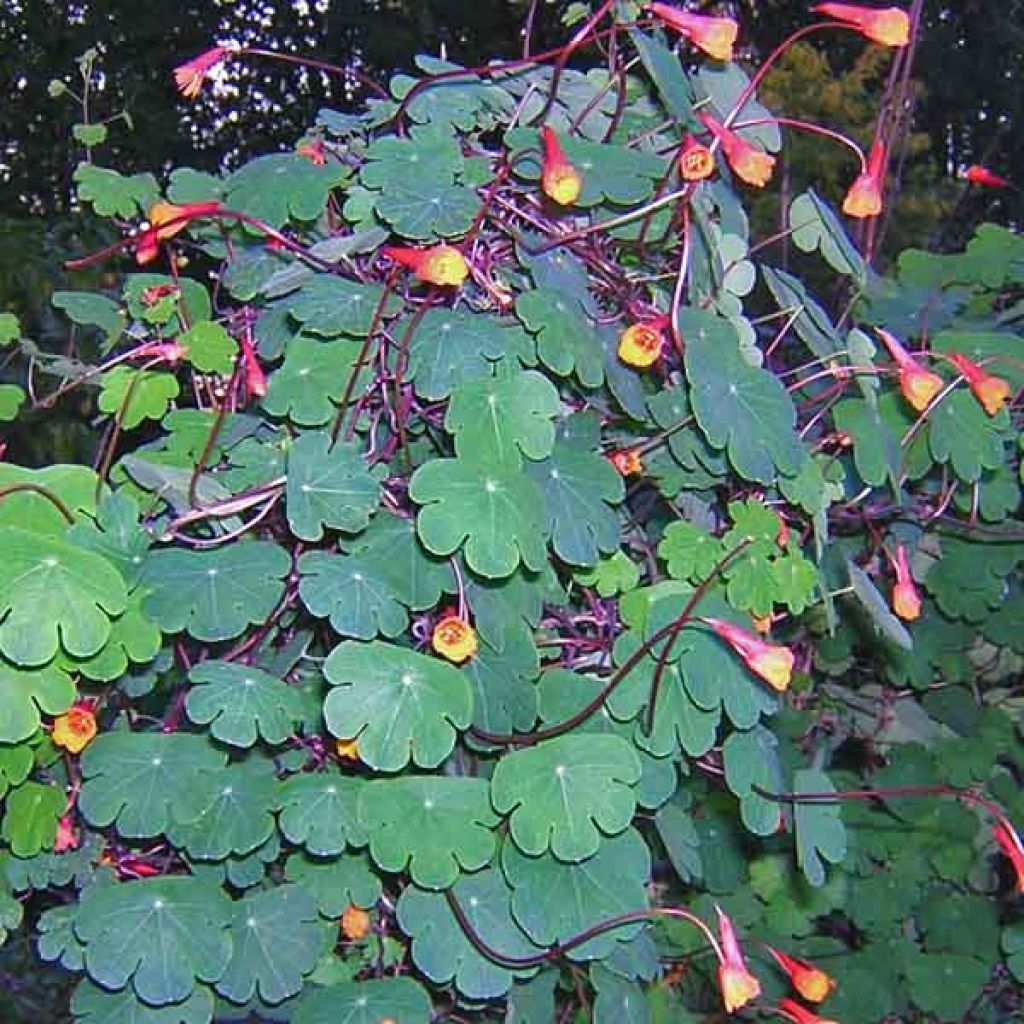

Tropaeolum tuberosum
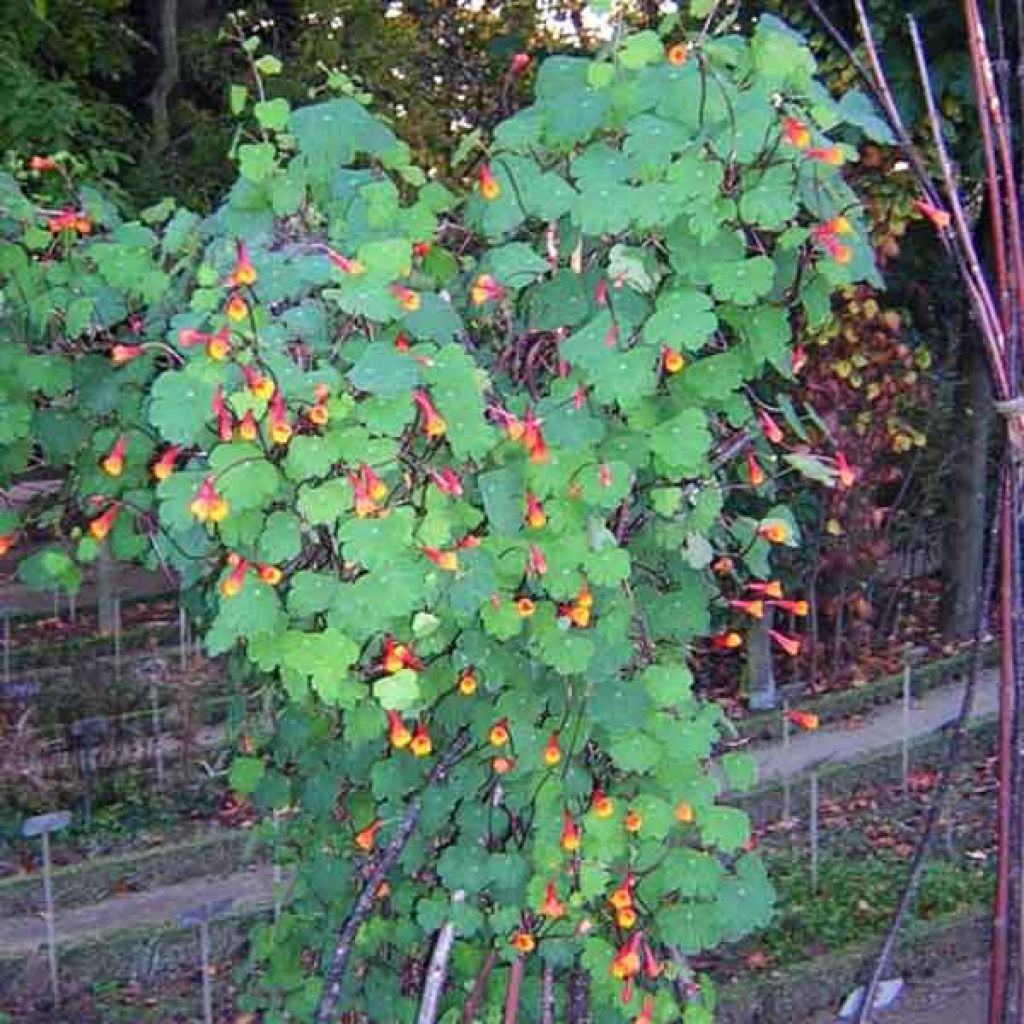

Tropaeolum tuberosum
Tropaeolum tuberosum
Tropaeolum tuberosum
Nasturtium
Once harvested, it has a very particular sour taste, which is why it cannot be consumed immediately according to the customs of farmers who expose it to the sun for 5 to 10 days, so that it becomes sweet and has a pleasant flavour.
Dani, 26/11/2024
Special offer!
Receive a €20 voucher for any order over €90 (excluding delivery costs, credit notes, and plastic-free options)!
1- Add your favorite plants to your cart.
2- Once you have reached €90, confirm your order (you can even choose the delivery date!).
3- As soon as your order is shipped, you will receive an email containing your voucher code, valid for 3 months (90 days).
Your voucher is unique and can only be used once, for any order with a minimum value of €20, excluding delivery costs.
Can be combined with other current offers, non-divisible and non-refundable.
Why not try an alternative variety in stock?
View all →This plant carries a 6 months recovery warranty
More information
We guarantee the quality of our plants for a full growing cycle, and will replace at our expense any plant that fails to recover under normal climatic and planting conditions.
Does this plant fit my garden?
Set up your Plantfit profile →
Description
The Tuberous Nasturtium or Tropaeolum tuberosum is a climbing plant that is as beautiful in the garden as it is appreciated in cooking. This fully edible botanical species is still one of the main food resources for Andean populations today, who cultivate it on the high plateaus of Peru and Bolivia. Like a Dahlia or a Jerusalem artichoke, it produces fleshy roots underground during the entire growing season, with a fine, aromatic, and spicy flavour. Its flowering, in late summer, takes the form of orange trumpets, adorning long leafy stems that can reach a length of 2.5 meters (8 feet). Discover or rediscover this charming ancient vegetable!
Tropaeolum tuberosum, like all nasturtiums, belongs to the family Tropaeolaceae. This vigorous plant, perennial by its tuber, is native to the Andes, where it can grow at high altitudes, in sometimes poor soils, among weeds. Like the potato, it offers excellent yields: a single tuber can produce up to 700 grams of tubers arranged in a string during one growing season. These fleshy roots, shaped like elongated pears, measuring 5 to 15 cm (2 to 6in) in length, pearly and light yellow in colour, streaked with purple, produce woody climbing stems that can reach up to 2.5 metres (8 feet) under favourable conditions. They are adorned with typical nasturtium foliage: borne by a central petiole, all rounded and divided into 5 rounded lobes, the leaves are grey-green, with fine lighter veins. The flowering is late; it only begins at the end of August. The flowers, tubular in shape, surrounded by a red calyx with a spur, open into yellow-orange corollas with a brown throat. They hang from long peduncles in the axils of the leaves, along the stems.
In this nasturtium, everything is edible: its young leaves and flowers can be consumed raw in salads (or cooked as a green vegetable for the leaves). The tubers, when raw, have a pungent flavour that pairs well with other raw vegetables (cabbage, beetroot, celery, cucumbers), which can be accompanied by some walnut kernels and cheese cubes (feta, goat, Comté). This pungent aspect disappears when cooked, giving way to a very mild, round, aromatic flavour, which evokes violets, pepper, liquorice... These roots can be prepared like potatoes: boiled or steamed with their skin, accompanied by butter or cream, garnished or dressed with vinaigrette, or thinly sliced and sautéed in a pan, for example. In Bolivia, they are prepared as a compote and sweetened with molasses.
This tuberous nasturtium is a somewhat hardy plant, especially if the soil is damp in winter, so it should be dug up and stored at the first frosts, like a Dahlia. In the vegetable garden, space the plants about 1 metre (3 feet) apart in all directions, and provide a support for the stems to climb. In the garden, let it cover the ground if you have enough space: the result will be astonishing and charming at the same time. With its moderate growth, occupying about 2 m (7 feet) in all directions, it is perfect for dressing up a fence in a unique way. You can also cultivate it in a pot, where it will elegantly cascade with its leaves and flowers.
Plant habit
Flowering
Foliage
Botanical data
Tropaeolum
tuberosum
Tropaeolaceae
Nasturtium
Andes Mountains
Planting and care
Plant your tubers as soon as the frost is no longer to be feared, 10 cm (4in) deep, in a pot or in open ground in a sunny or clear location and in damp, light, loose, well-drained soil. Work the soil to a depth of 15 cm (6in) and width to facilitate bulb rooting. Vegetation appears in summer, but can be forced in a pot in a well-lit and slightly heated room. Watering is necessary for establishment, to help the plant settle. Afterwards, space out waterings. Remove your bulbs as soon as the first frost occurs, as they cannot tolerate temperatures below -5°C (23°F), especially in wet soil. Do not be surprised when digging them up if you discover a large mass of bulbs, as they thrive a bit like a potato plant. The harvest will take place at the end of the season. It can be increased by earthing up the stems.
Gourmet friends, do not hesitate to consume the excess bulbs cooked in salted water or fried, an amazing flavuor to discover! Those that you wish to replant the following year must be stored frost-free in slightly moist soil or compost to prevent dehydration. Tuberous nasturtiums, unlike their seed cousins, are not afraid of aphids.
Planting period
Intended location
Care
Planting & care advice
-
, onOrder confirmed
Reply from on Promesse de fleurs
Similar products
Haven't found what you were looking for?
Hardiness is the lowest winter temperature a plant can endure without suffering serious damage or even dying. However, hardiness is affected by location (a sheltered area, such as a patio), protection (winter cover) and soil type (hardiness is improved by well-drained soil).

Photo Sharing Terms & Conditions
In order to encourage gardeners to interact and share their experiences, Promesse de fleurs offers various media enabling content to be uploaded onto its Site - in particular via the ‘Photo sharing’ module.
The User agrees to refrain from:
- Posting any content that is illegal, prejudicial, insulting, racist, inciteful to hatred, revisionist, contrary to public decency, that infringes on privacy or on the privacy rights of third parties, in particular the publicity rights of persons and goods, intellectual property rights, or the right to privacy.
- Submitting content on behalf of a third party;
- Impersonate the identity of a third party and/or publish any personal information about a third party;
In general, the User undertakes to refrain from any unethical behaviour.
All Content (in particular text, comments, files, images, photos, videos, creative works, etc.), which may be subject to property or intellectual property rights, image or other private rights, shall remain the property of the User, subject to the limited rights granted by the terms of the licence granted by Promesse de fleurs as stated below. Users are at liberty to publish or not to publish such Content on the Site, notably via the ‘Photo Sharing’ facility, and accept that this Content shall be made public and freely accessible, notably on the Internet.
Users further acknowledge, undertake to have ,and guarantee that they hold all necessary rights and permissions to publish such material on the Site, in particular with regard to the legislation in force pertaining to any privacy, property, intellectual property, image, or contractual rights, or rights of any other nature. By publishing such Content on the Site, Users acknowledge accepting full liability as publishers of the Content within the meaning of the law, and grant Promesse de fleurs, free of charge, an inclusive, worldwide licence for the said Content for the entire duration of its publication, including all reproduction, representation, up/downloading, displaying, performing, transmission, and storage rights.
Users also grant permission for their name to be linked to the Content and accept that this link may not always be made available.
By engaging in posting material, Users consent to their Content becoming automatically accessible on the Internet, in particular on other sites and/or blogs and/or web pages of the Promesse de fleurs site, including in particular social pages and the Promesse de fleurs catalogue.
Users may secure the removal of entrusted content free of charge by issuing a simple request via our contact form.
The flowering period indicated on our website applies to countries and regions located in USDA zone 8 (France, the United Kingdom, Ireland, the Netherlands, etc.)
It will vary according to where you live:
- In zones 9 to 10 (Italy, Spain, Greece, etc.), flowering will occur about 2 to 4 weeks earlier.
- In zones 6 to 7 (Germany, Poland, Slovenia, and lower mountainous regions), flowering will be delayed by 2 to 3 weeks.
- In zone 5 (Central Europe, Scandinavia), blooming will be delayed by 3 to 5 weeks.
In temperate climates, pruning of spring-flowering shrubs (forsythia, spireas, etc.) should be done just after flowering.
Pruning of summer-flowering shrubs (Indian Lilac, Perovskia, etc.) can be done in winter or spring.
In cold regions as well as with frost-sensitive plants, avoid pruning too early when severe frosts may still occur.
The planting period indicated on our website applies to countries and regions located in USDA zone 8 (France, United Kingdom, Ireland, Netherlands).
It will vary according to where you live:
- In Mediterranean zones (Marseille, Madrid, Milan, etc.), autumn and winter are the best planting periods.
- In continental zones (Strasbourg, Munich, Vienna, etc.), delay planting by 2 to 3 weeks in spring and bring it forward by 2 to 4 weeks in autumn.
- In mountainous regions (the Alps, Pyrenees, Carpathians, etc.), it is best to plant in late spring (May-June) or late summer (August-September).
The harvesting period indicated on our website applies to countries and regions in USDA zone 8 (France, England, Ireland, the Netherlands).
In colder areas (Scandinavia, Poland, Austria...) fruit and vegetable harvests are likely to be delayed by 3-4 weeks.
In warmer areas (Italy, Spain, Greece, etc.), harvesting will probably take place earlier, depending on weather conditions.
The sowing periods indicated on our website apply to countries and regions within USDA Zone 8 (France, UK, Ireland, Netherlands).
In colder areas (Scandinavia, Poland, Austria...), delay any outdoor sowing by 3-4 weeks, or sow under glass.
In warmer climes (Italy, Spain, Greece, etc.), bring outdoor sowing forward by a few weeks.































